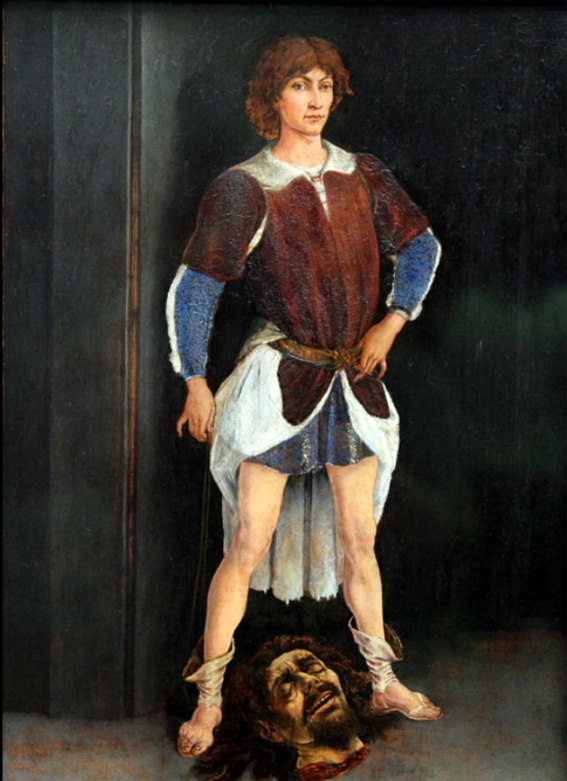Hello my friends
I'm very happy you are visiting!

Hello my friends
I'm very happy you are visiting!
Posted on Sunday, November 25
It’s late on Saturday afternoon and I’m expecting Kat home for supper when she gets here.
She flies back to school tomorrow.
Have not felt particularly well for the last several days, waking up like I had morning sickness.
Never really went all the way to a throw, but did break out in a sweat a couple of times.
And my taste for my morning coffee has disappeared.
The malaise doesn’t last long.
By the time I get out, I’m feeling fine.
I’m exercising and walking well.
Will wait for Monday and if I’m still waking to this, I’ll call the medical people.
I’ll leave a cryptic message with the front desk and sometime during the day a nurse will call to take a more detailed statement.
I’ll be told something inane but in all probability I will not be given an appointment to either see my doctor or a another doctor who shares the practice with him. Really, him.
In all probability the symptoms will fade, never having been diagnosed.
Probably a good thing for our health care costs.
_____________________________________________
Tagging Today
Sunday, November 25, 2018
My 227th consecutive posting.
Time is 12.01am.
Boston’s temperature will reach a high of 47* with periods of rain.
Dinner is Turkey Soup. Love it.
November 25, Sunday
__________________________
Question of the Day:
The Duccio-block. What is it?
Hint
Carrara marble is a type of white or blue-grey marble of high quality, popular for use in sculpture and building decor.
It is quarried in the city of Carrara located in the province of Massa and Carrara in the Lunigiana, the northernmost tip of modern-day Tuscany, Italy.
_____________________________________
Short Takes: City Life
Left:
Preparing downtown for Christmas season entertainment.
Second from left:
Playing in the leaves on the Boston Common.
Second from right:
Playing in the leaves on the Boston Common.
Right:
Sally Chetwynd at her very successful book launch for here book called “The Sturgeon’s Dance.”
___________________________________________________
Short Takes:
These next images are among those that Michelangelo referenced when he was commissioned to sculpt a major piece for the city of Florence.

Castagno’s oil of David showed slender arms and legs, small hands and feet, delicate features, pretty face, halfway between man and woman.

Donatello’s first David, a marble.
(1408–1409). Museo Nazionale del Bargello, Florence. Height 191 cm.
Michelangelo gasped at the sensitivity of the flesh.
The hands were strong, the leg sturdy.
But the eyes were blank, a flaccid underchin, a weak mouth, a wreath of leaves and berries crowning the expressionless face.

Verocchio’s bronze David, 1473/1475, a wistful adolescent.
Verrocchio's David was commissioned by the Medici family, and popular legend states that the model for the statue was a young artist from Verrocchio's studio, Leonardo da Vinci.

Antonio Pollaiuolo’s David Victor, with tiny, lady-like fingers crooked as though he were about to eat a pot de crème. And dressed In lace-trimmed coat, a nobleman.

Donatello's second David was a great hit when it was first unveiled in the 1440s. It was the first unsupported work to be cast in bronze of the Renaissance era. The statue's nakedness and implied homosexuality, with David clad no more that boots and a hat, made this work very controversial at the time.
Some historians have questioned if this statue does depict David, and suggest that the helmet is more reminiscent of the Greek or Roman messenger gods, Hermes or Mercury.
Michelangelo rejected the pretty features, almost feminine face, budding breasts of a young girl.
_________________________
Answer to Question of Day:
The artist Agostino di Duccio, (1418 – c. 1481) an early Renaissance Florentine sculptor, born in Florence, worked in Prato with Donatello and Michelozzo, who influenced him greatly.
In 1466 Duccio began work on a seventeen foot high marble block purchased from the famous quarries at Carrara, Tuscany.
His work on the project ceased for reasons that remain unclear, but meanwhile, he had made deep cuts that repelled many sculptors from taking on the block.
It looked to some ‘emaciated.’
Duccio had ruined the block for many sculptors who came to look at it.
The Duccio-block project was resurrected some ten years later when the artist Antonio Rossellino worked on the statue; but his contract was terminated with no real progression being made.
So the block remained in the courtyard workshop of Florence Cathedral neglected for the next twenty-five years.
In 1491 Michelangelo sought to buy this block from the city of Florence for his Hercules (1492-3, now lost,) but they didn’t want to sell it.

Who got the commission to develop the Duccio block?
The answer is in here.
_________________________________
Good morning on this First-of-the-Holiday-Season Sunday, November 25.
We talked about a lack of health, some shots of city life, and about the Florentine tradition of representing David before Michelangelo started on his iconic interpretation. Tomorrow we’ll delve a little deeper into Michelangelo’s iconic piece.
Che vuoi? Le pocketbook?
See you soon.
Love
Dom